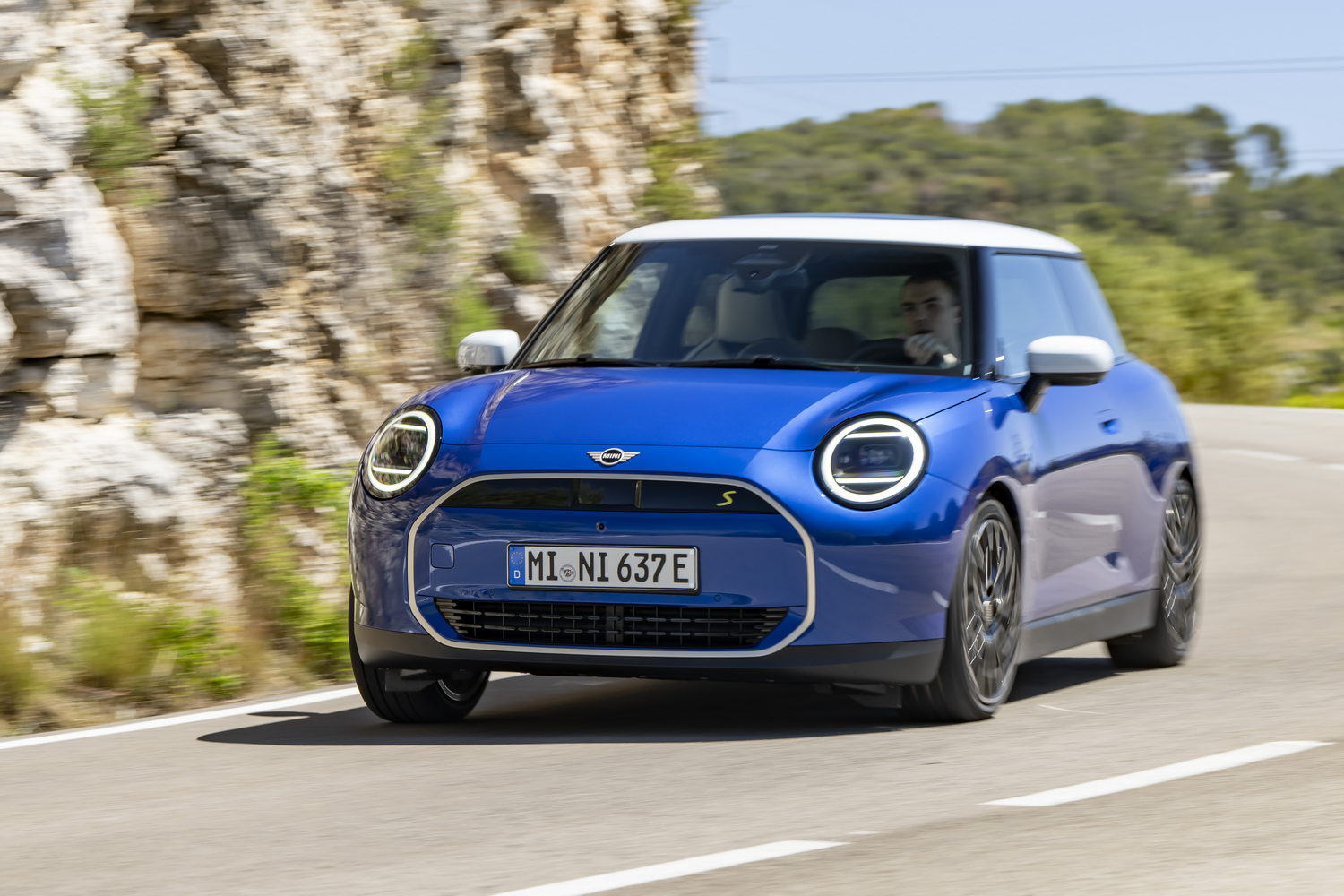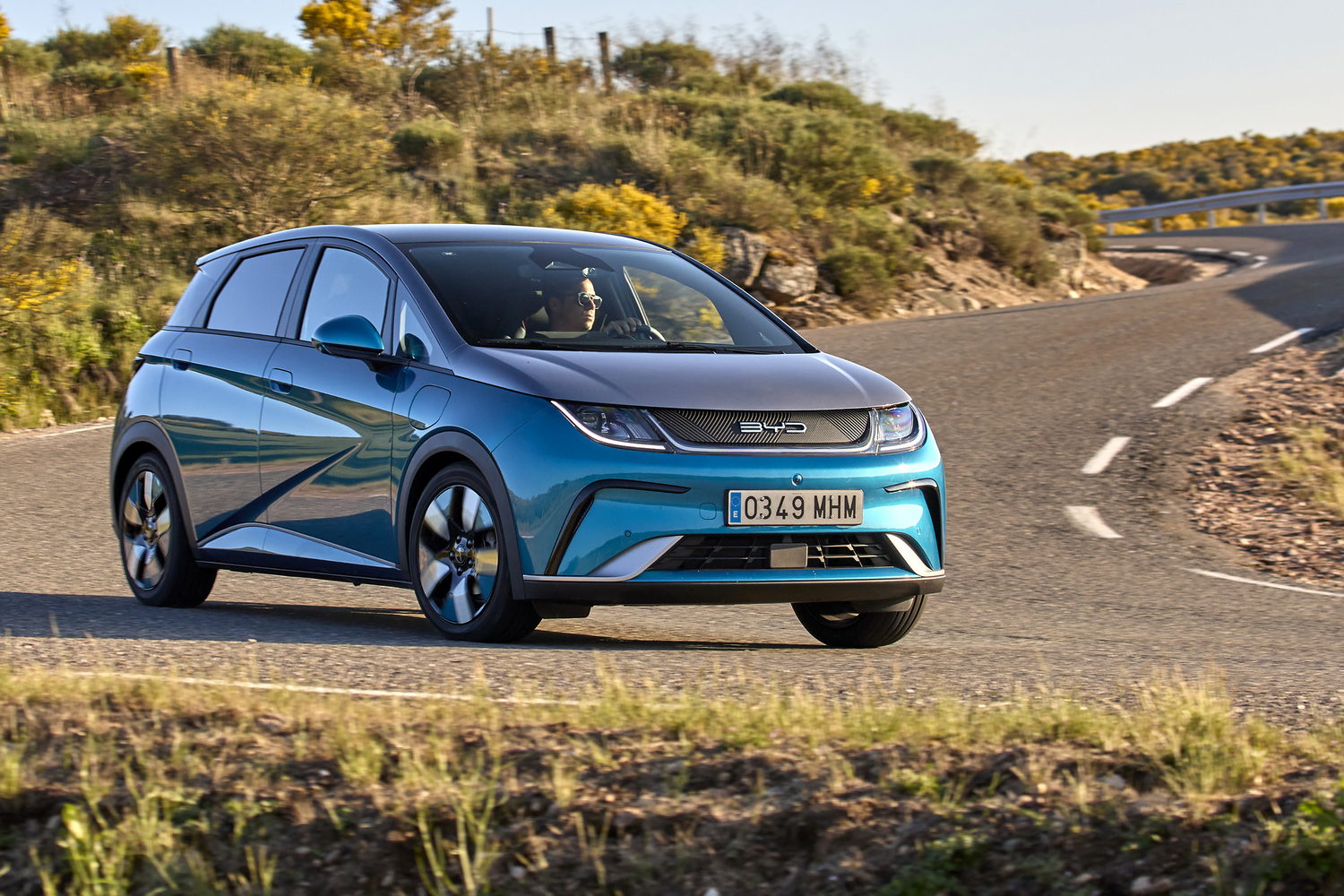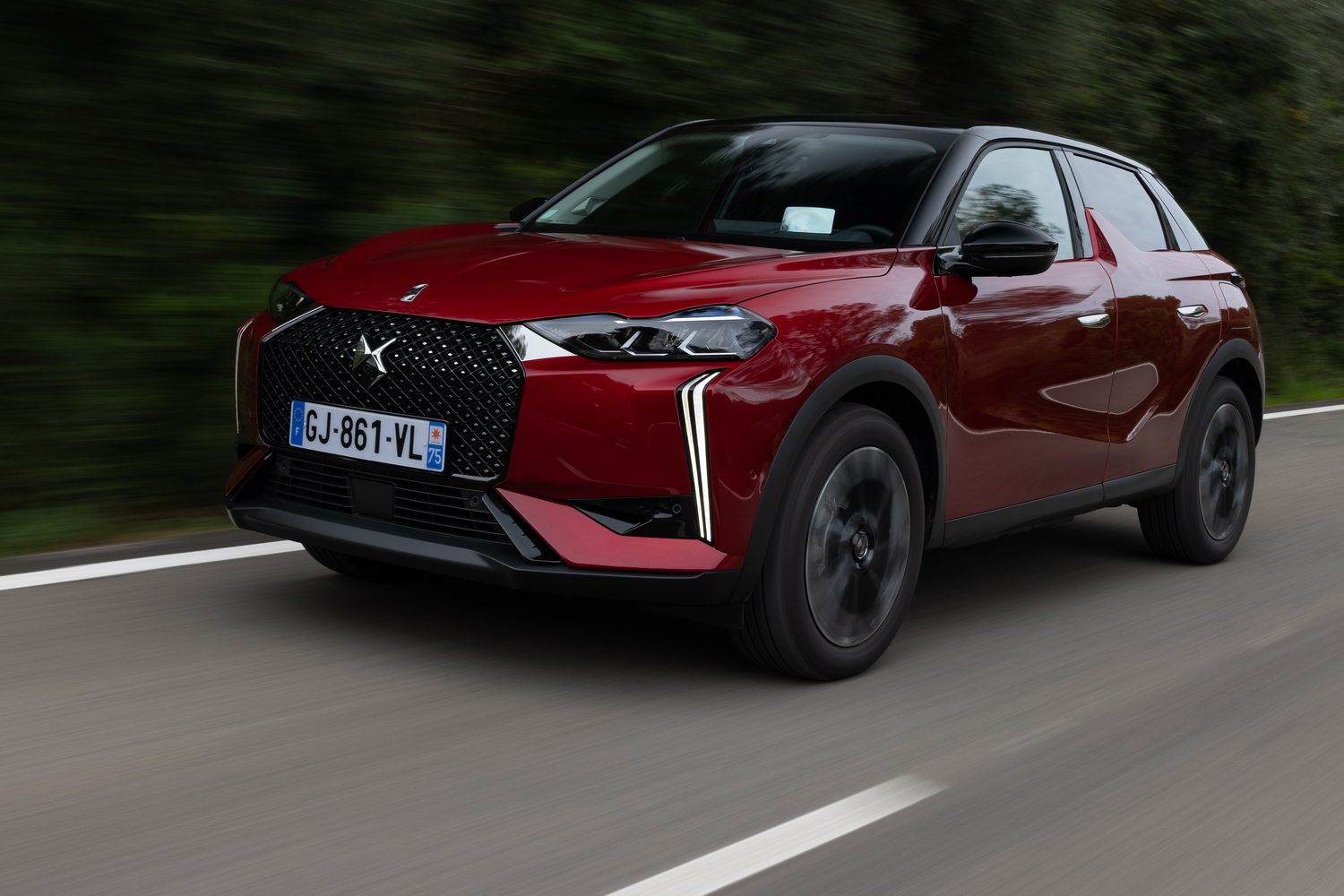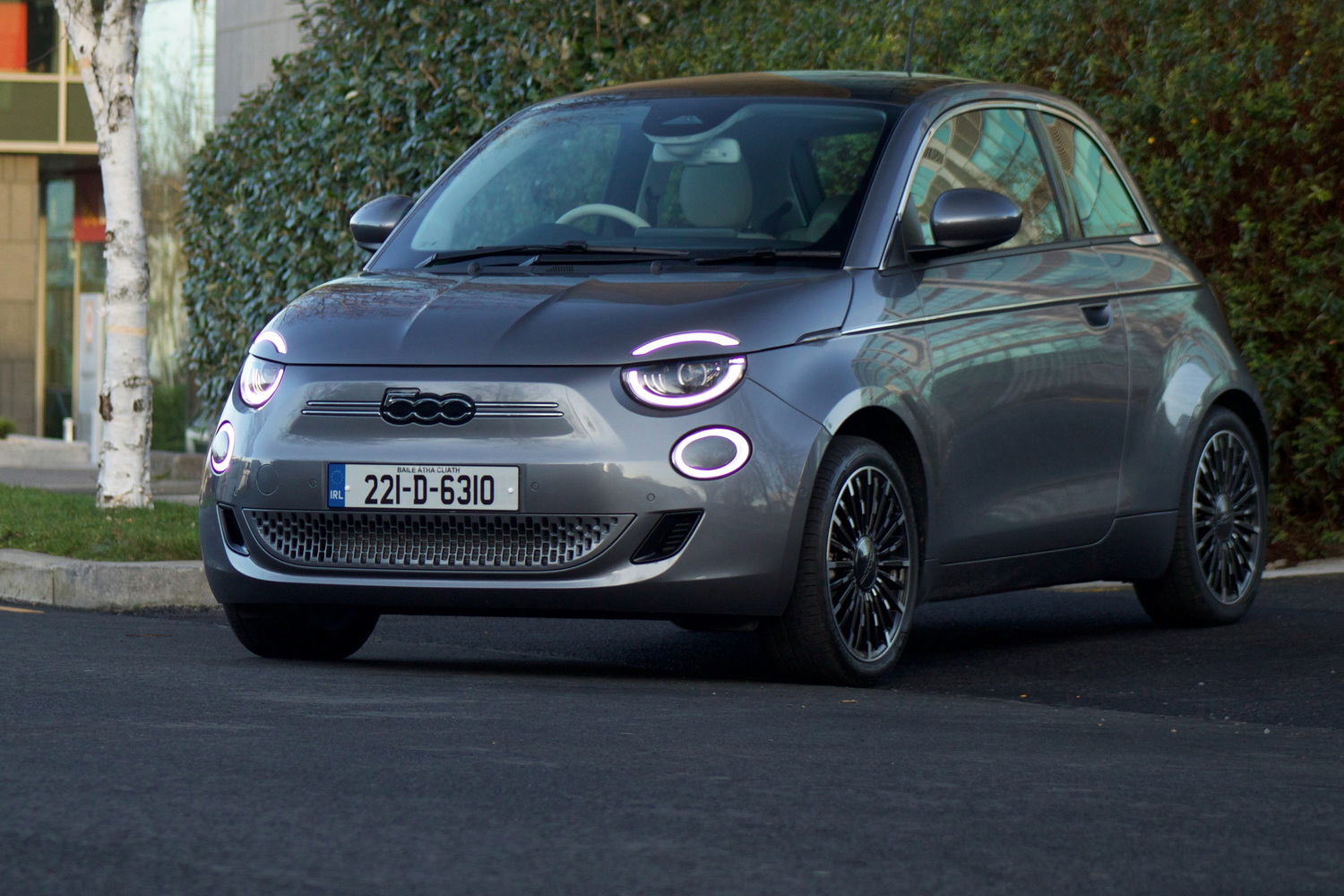MINI has finally bowed to the pressure of public perception and renamed its three-door hatchback the Cooper. And given everyone called it that anyway, it feels like a pragmatic approach. But the transformation of Cooper from trim level to full-blown model is only the second most interesting thing about the Cooper SE’s name.
Yes, the SE suffix means this is an electric MINI, following on from a predecessor that left something to be desired on the range and battery front. But the MINI brand is currently undergoing a transformation of its own, and electrification feels a little less like an afterthought. So, is the new electric MINI going to charge to the top of its class or will it fall flat?
In the metal
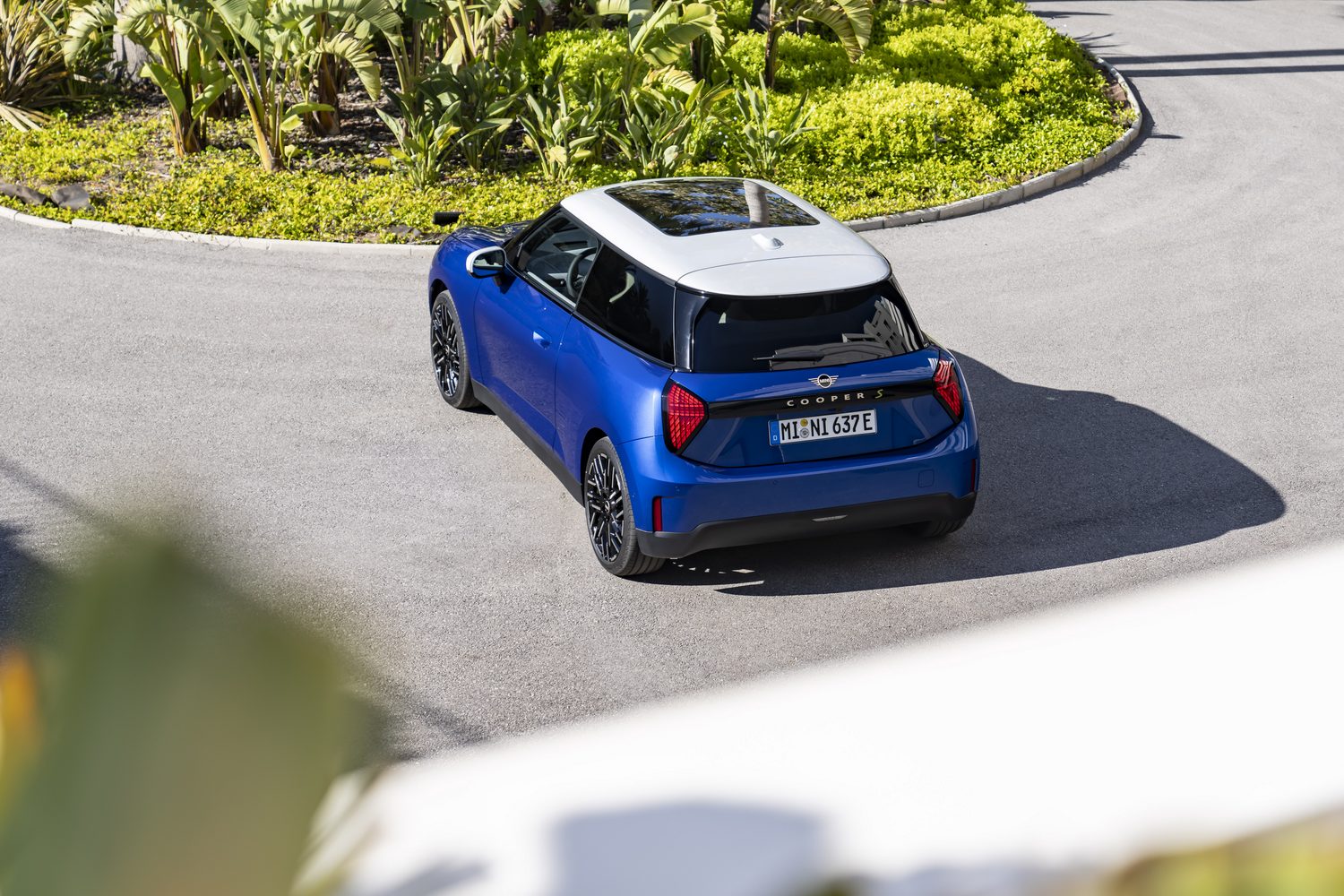
As well as revamping the new Cooper’s nomenclature, MINI has given it a rethink in terms of style. The company’s design bigwigs tell us there’s nothing superfluous there, and the shape certainly looks clean, with lots of uninterrupted surfaces and some traditional MINI features, including the circular headlights and the clamshell roof that sits on top of the glasshouse like some kind of duvet. And just to make sure there’s no doubt this is a MINI, there’s a hint of a grille in the front bumper design, and there are a new take on the Union Flag lights at the rear, although the tailgate looks oddly pinched.
But if the exterior restyle divides opinion, the interior overhaul is glorious. Like the MINI Countryman models we tested earlier this year, the Cooper has a cool new cabin with a cleanly-styled dashboard wrapped in fabric trim. There’s a sporty steering wheel, too, with a surprisingly chunky design that’s a clear attempt to imbue the car with an extra sense of sportiness, while a small bank of toggle switches lower down give the car a bit of character. Particularly the lollipop style ‘key’ switch that’s used to start it up.
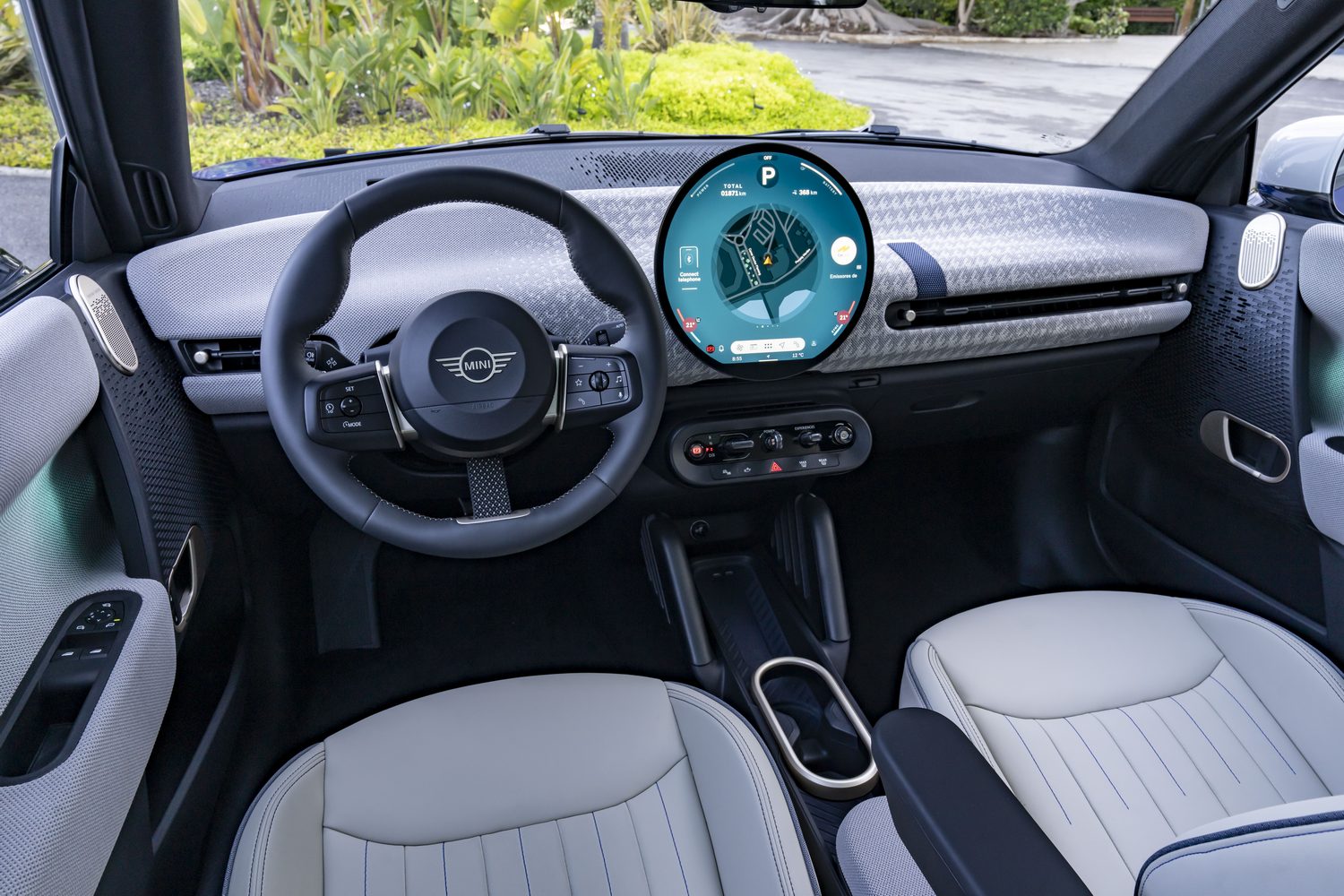
The focus, however, is on the circular infotainment screen that’s front and centre. The same OLED system found on the Countryman, it’s a proper round screen - no sign of a conventional rectangular display in a round housing this time - and it looks awesome. The software is essentially borrowed from BMW, and the high-resolution display gives you a smart-looking touchscreen that’s packed with features.
The problem is, with no corners in which to hide icons and menus, the layout feels a bit haphazard at times, and the system takes a bit of getting used to. Until then, it proves a bit distracting on the move as you hunt around for different functions that may not be where you were expecting them. That said, you can personalise the display quite a bit, which might help on that front. No doubt an owner will soon get used to where everything is.
In fact, there’s quite a lot of personalisation options, including a selection of ‘experiences’ for the screen, including the Go-Kart sport mode, the Timeless mode that’s designed to give the screen a classic speedo design, and an individual mode that allows you to upload your chosen image as a wallpaper, a bit like you might with your phone.
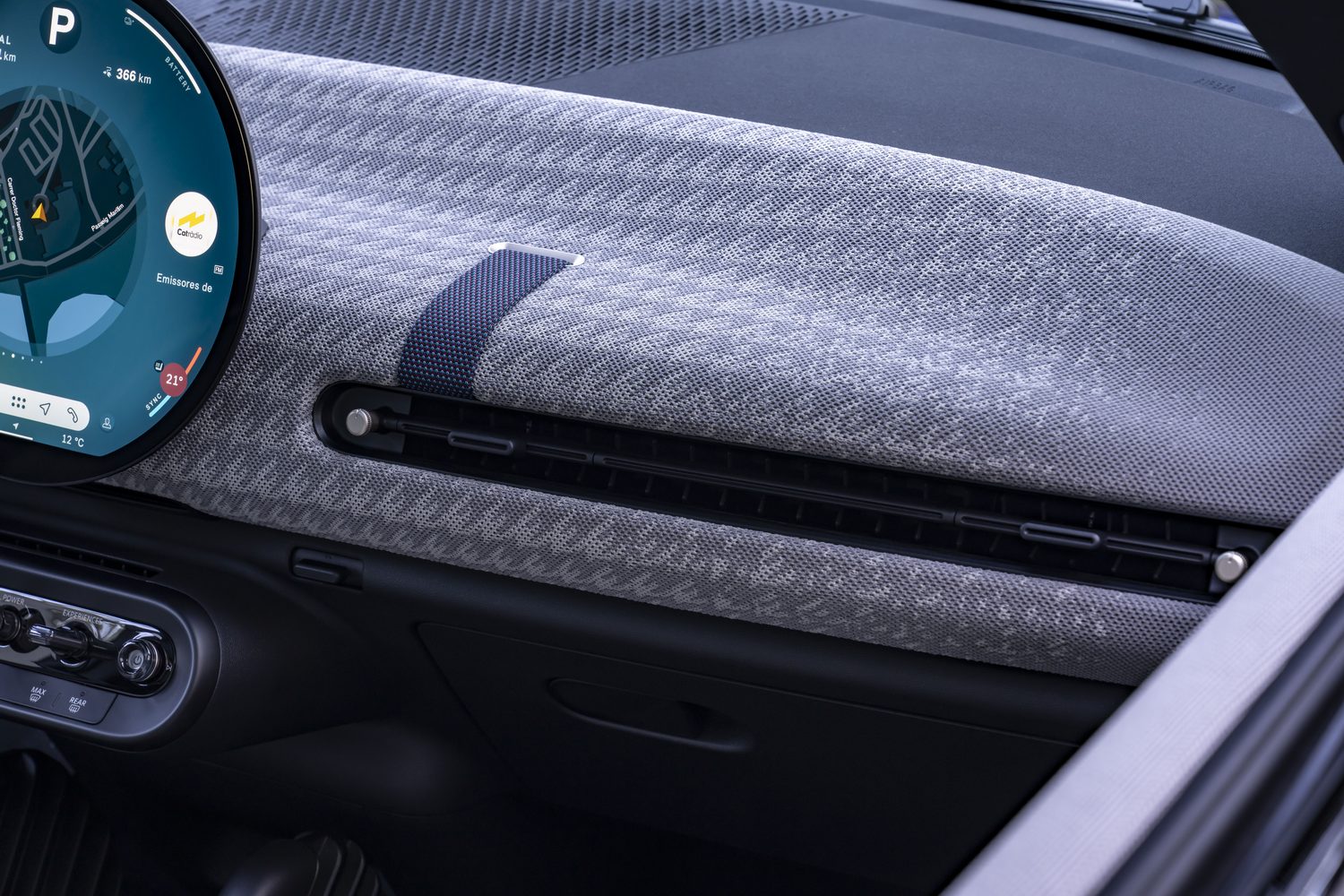
Whichever you choose will have an impact on the noise the car makes, too, and the colours seen in the displays and the ambient lighting, which is integrated into the dash, but there’s no changing the fact the touchscreen is the only standard display in the new MINI Cooper. There’s no digital instrumentation, for example, so we’d suggest upgrading to a model that either comes with the head-up display as standard or specifying the Level 1 option pack that includes the little flip-up screen behind the steering wheel. If nothing else, it puts all the vital information such as speed closer to your line of sight than it would otherwise be.
But while the ergonomics of the new cabin may be imperfect, the style is really cool and there’s no faulting the quality. Everything feels well stitched together, and though there are some cheaper-feeling plastics lower down, as is usual in a car of this size, the material quality is generally very impressive.
Space, on the other hand, is not such an impressive feature of the three-door Cooper. The cabin feels a bit claustrophobic (even if you choose the optional panoramic glass roof), thanks to the low roofline and the comparatively small windows, but there’s plenty of headroom and shoulder room for those in the front. Getting in the back, however, is a bit tricky, especially for those longer in the leg, and the space when you finally squeeze in there leaves something to be desired. You might cope with a short journey, but spending any length of time back there is going to be uncomfortable for any adult. Particularly if they’re sitting behind someone fairly tall.
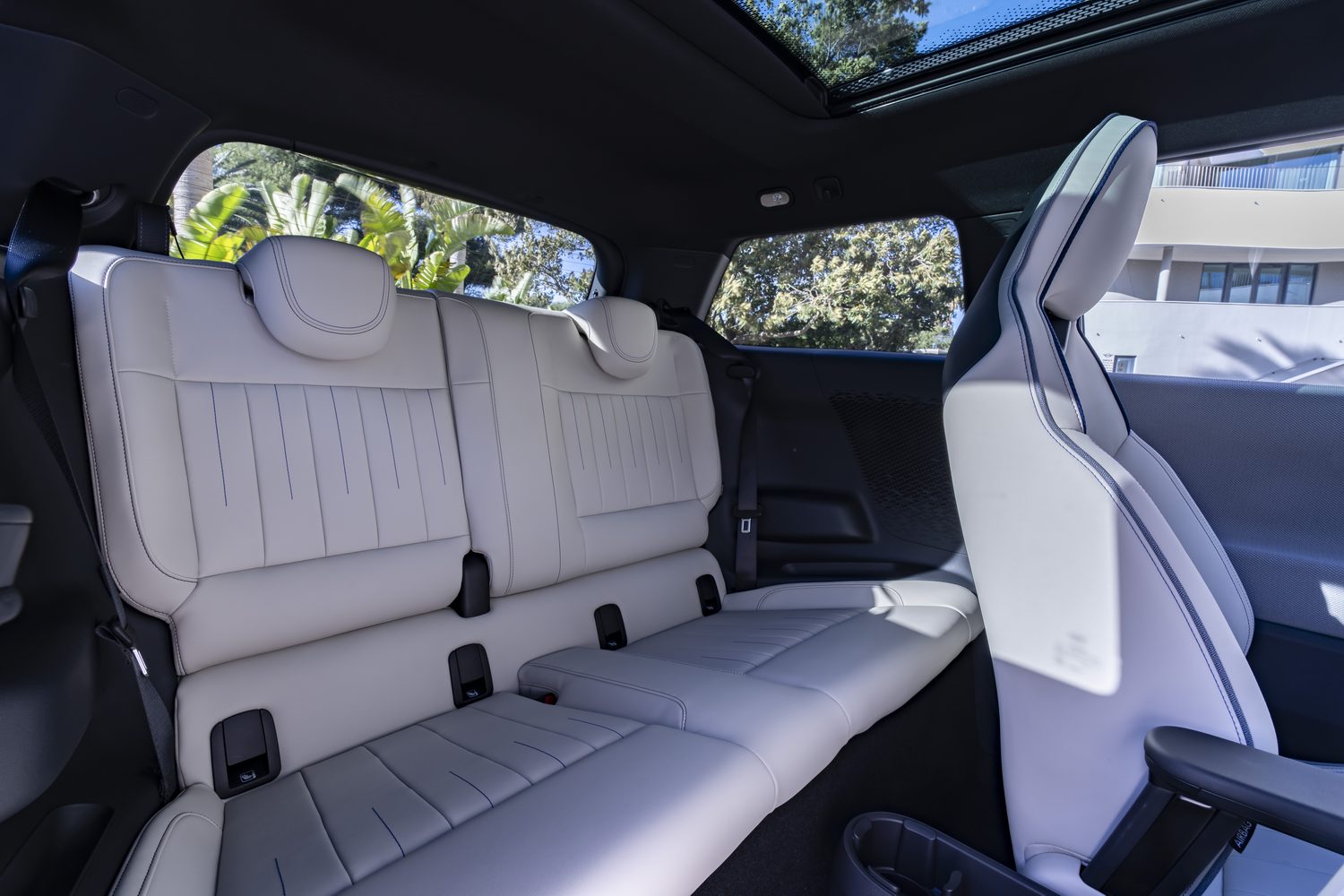
Boot space is cramped, too, with just 210 litres of carrying capacity behind the rear bench. That’s pretty poor, and it’s only 25 litres more than you get in a Fiat 500e. In fact, it’s only just over half what you can get into a Skoda Fabia. Even the 800-litre space opened up when you fold down the back seats is miserable by most standards.
Driving it
The Cooper range will offer customers a choice of two different electric powertrains and a selection of petrol engines, but the focus is unsurprisingly on the electric versions. Both have bigger batteries than the old electric MINI Hatch, but there is a difference between the new Cooper E and the Cooper SE we’re testing here.
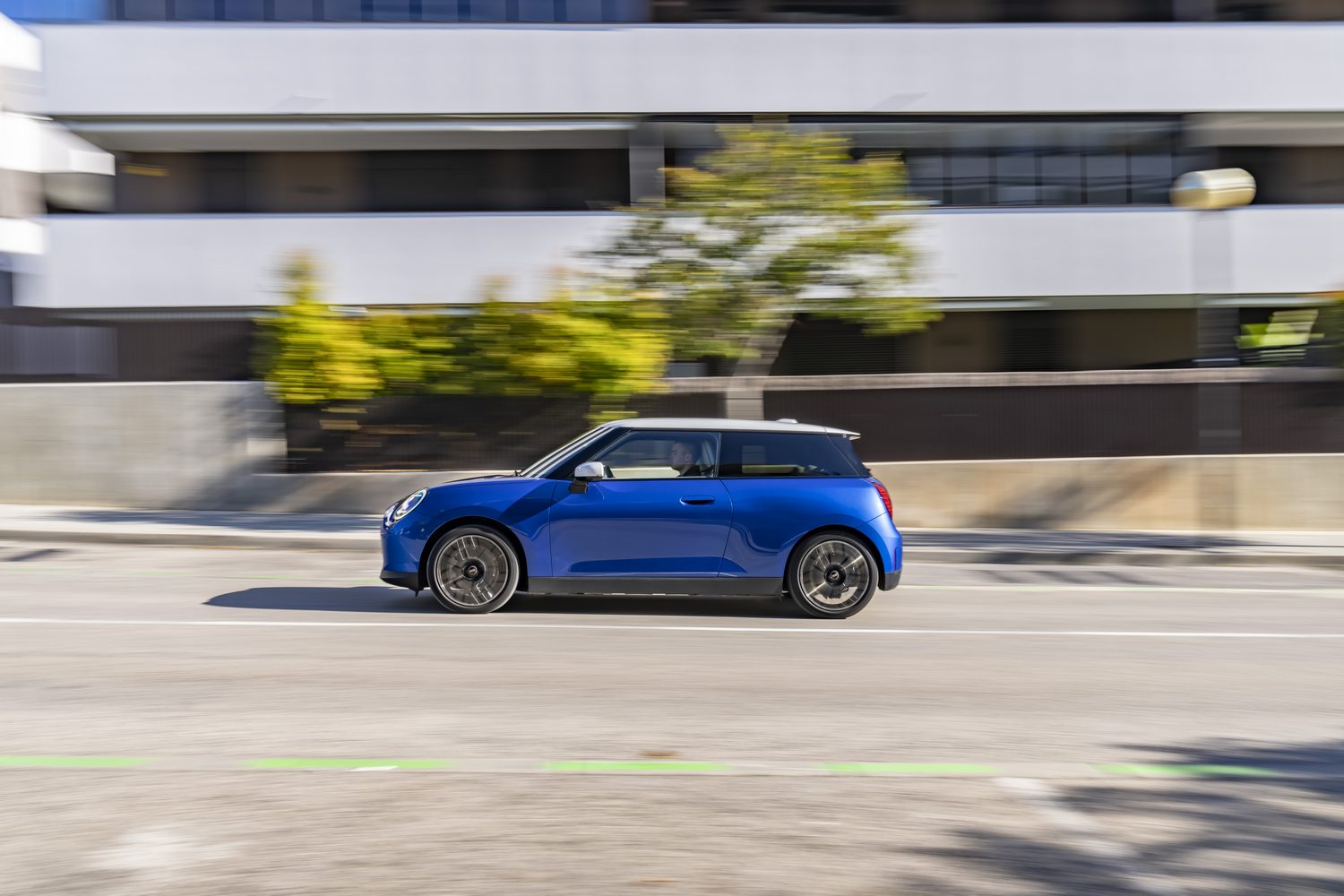
While the basic Cooper E has a 40.7kWh battery that feeds a 184hp electric motor, the Cooper SE gets a larger 54.2kWh battery and a more powerful 218hp electric motor. That means the SE offers greater range than the E, as well as more performance, although the two are more closely matched than you might expect on the latter count.
With even the E getting the best part of 200hp, it’s quick off the mark, and though the SE is fast enough to make some hot hatchbacks take a glance over their shoulders, the difference is not night and day.
But the gap in terms of range is more noticeable, with an official striking distance of 305km for the E and 402km for the SE. In the real world, neither will prove so efficient, but the SE is easily capable of 300km on a single charge over a mixture of roads, and it should manage around 250km on the motorway. It will never be a long-distance option, but this is a compact hatchback that’s designed to provide a bit of fun around town or on the occasional back road. It’s not a motorway cruiser.
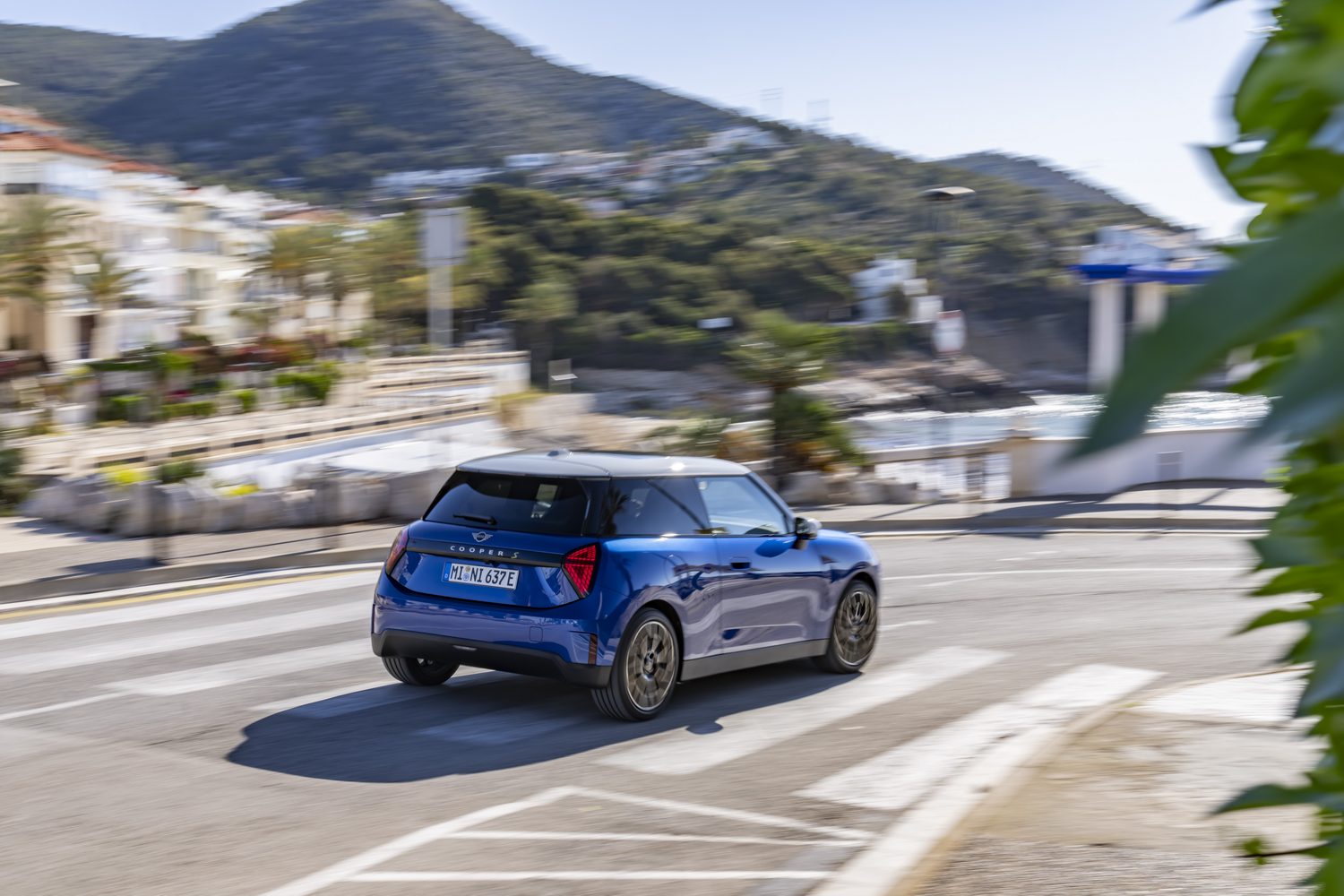
That’s particularly evident from the soundproofing, which is lacking at higher speeds. Although the electric motor is predictably quiet unless you’re accelerating (in which case you get a strange, synthesised motor noise through the car’s speaker system), there’s quite a bit of road noise at motorway speeds, and that spoils some of the refinement you expect from an electric vehicle.
The same goes for the suspension, which is a little on the stiff side. No MINI has ever been a magic carpet, though, and we don’t expect the heavier electric versions to be the most comfortable, but it does seem to find bumps where other cars might not.
Having said that, though, the MINI has great control of its body, so it’s rare that bumps will cause the car to pitch or sway too much, and that stability comes in handy when you’re throwing the car into a corner. Precise steering helps too, and though there’s a propensity to understeer if you get ambitious with your corner entry speed, the car feels nimble.
We should also point out the capability of the brakes, which have to balance use of regenerative braking to extend range and the need to stop quickly using conventional discs and pads. In some electric cars, this causes inconsistent pedal feel, and though the Cooper does sometimes feel heavy on the brakes, and the pedal feels quite stiff, it will slow pretty effectively. It takes a bit of acclimatisation to work out how much pedal travel is needed, but once you’ve got the hang of it, the car will lose speed quickly.
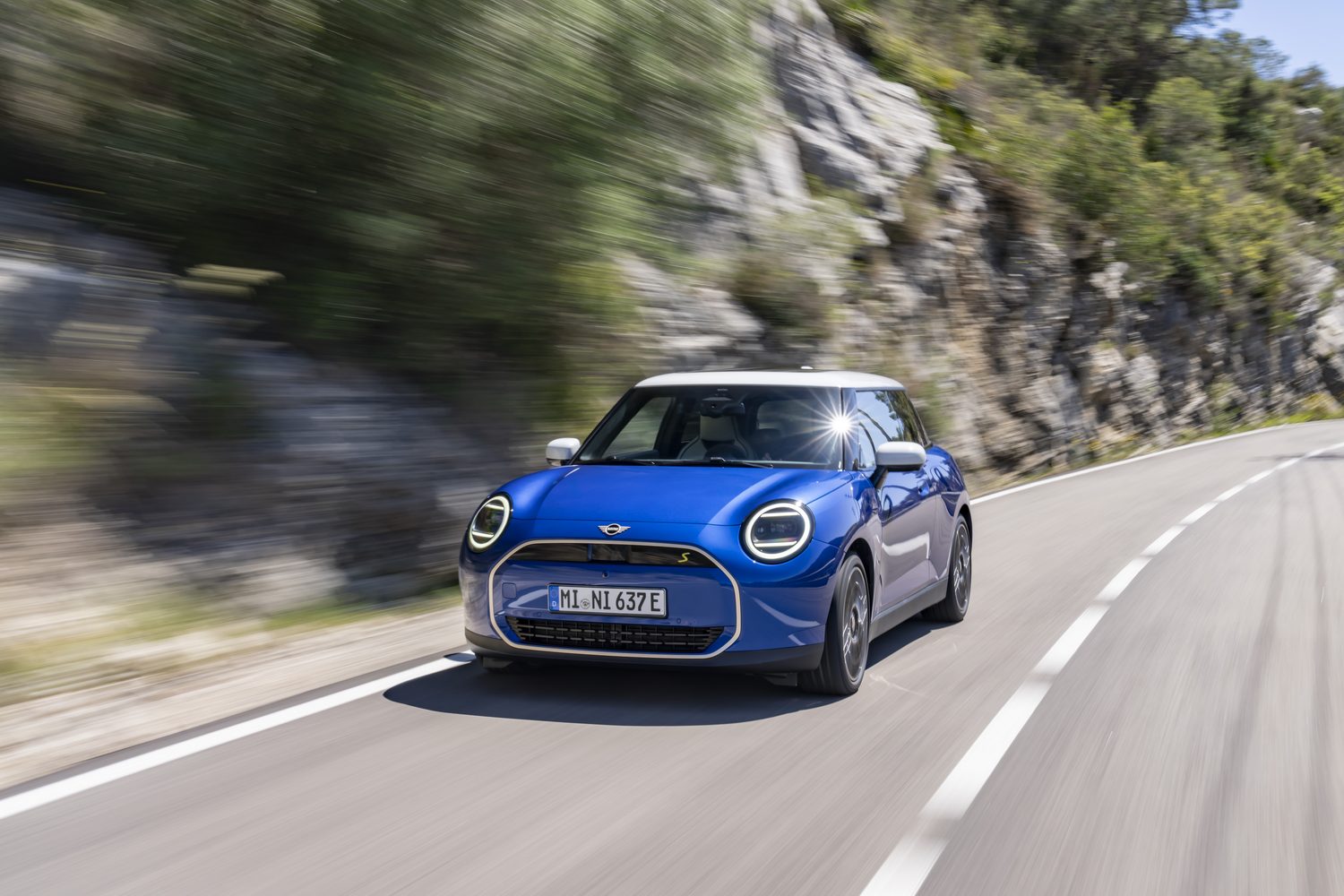
That’s all to the good when you’re driving for fun, but that will see the battery range crumble rapidly. But at least the small battery means charging can be done quickly. The Cooper E will charge at 75kW on a DC outlet, while the Cooper SE will manage 95kW, allowing both cars to be topped up from 10 to 80 per cent in less than half an hour - assuming you can find a charger that’s up to the job.
What you get for your money
The electric versions of the Cooper start at €36,845 in Ireland, and that pays for the Cooper E in Classic trim, which gets you LED headlights and 16-inch alloy wheels, as well as a reversing camera, parking sensors and two-zone climate control. The circular touchscreen is standard, too, so it’s well stocked, but you can add various option packs to get a bit more kit if you need it. Then there are Exclusive and Sport models that add even more equipment but command a premium, with prices from €39,533 and €41,153, respectively.
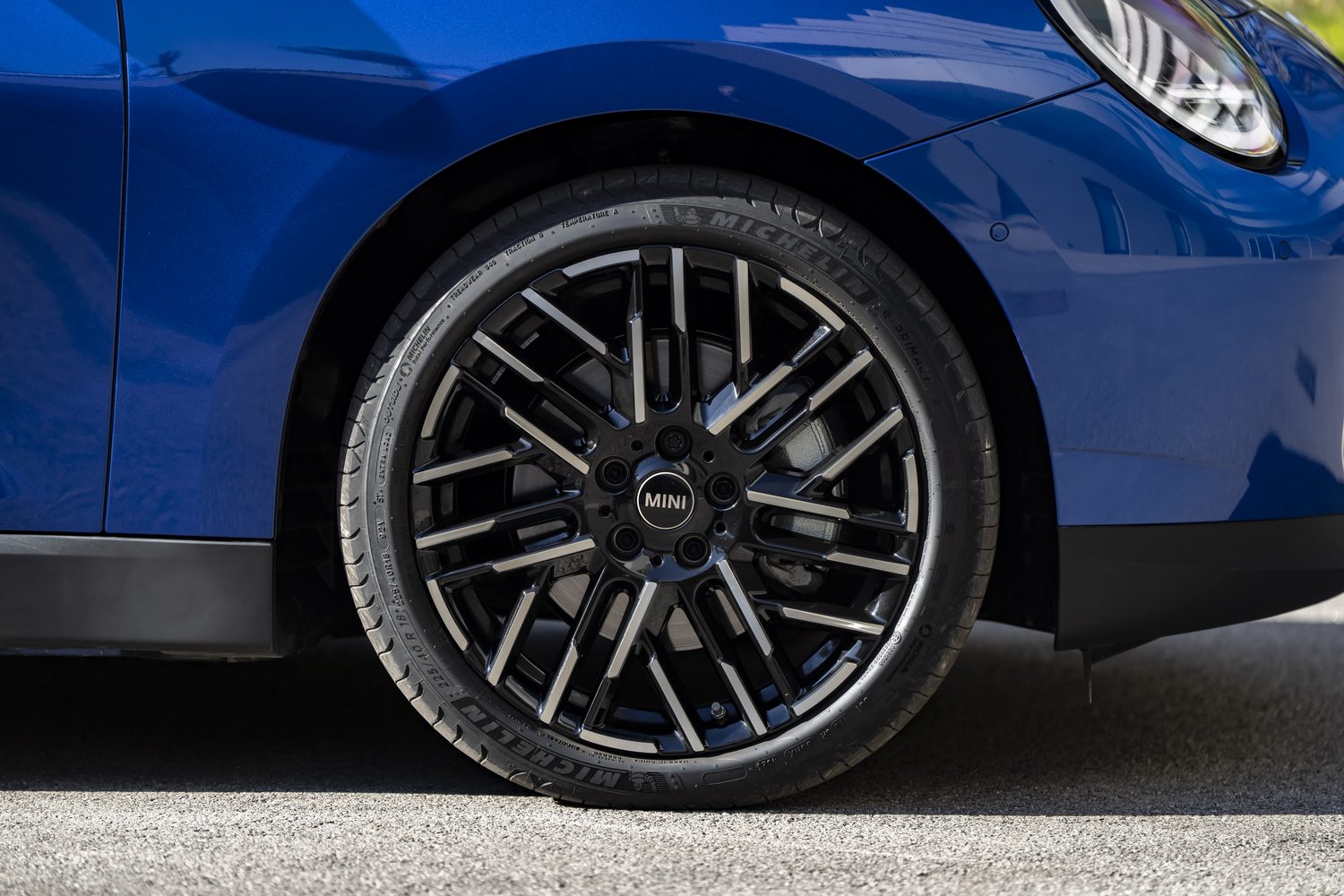
If you want the SE, however, you’ll have to pay even more than that, with Irish prices from €42,385 for the SE Classic. But if you prefer petrol power, the price comes down a bit, dropping to €31,305 for the basic Cooper C Classic. No matter whether you choose petrol or electric power, the Cooper is more expensive than the smaller Fiat 500, but it’s fractionally cheaper than the equally style-conscious and similarly sized (albeit higher-riding and more spacious) DS 3.
Summary
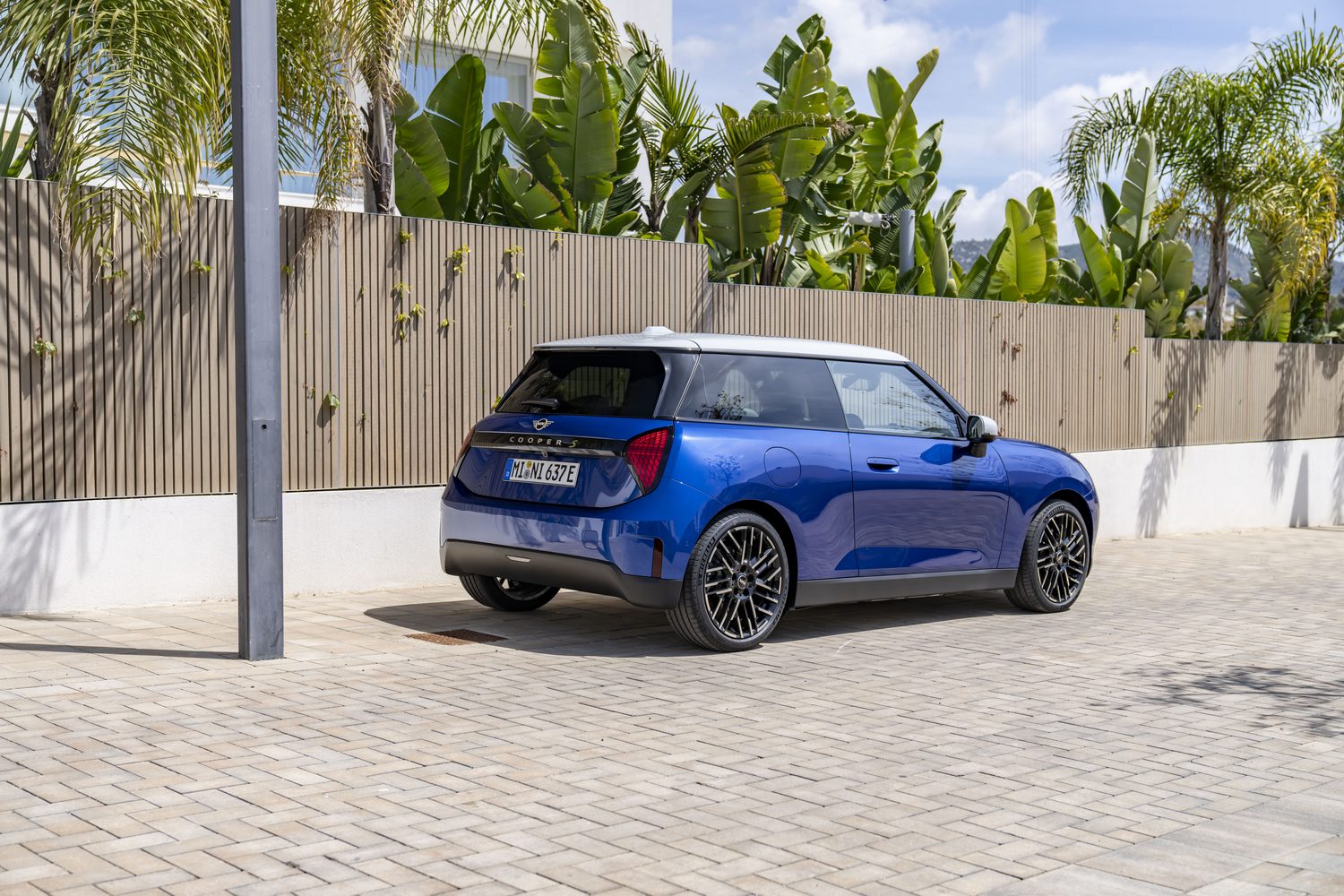
The Cooper SE is the electric MINI we always hoped its predecessor would be. Now with more power and a sensible range, as well as a cool new cabin and excellent road manners, it’s a much more appealing option than before. And if electric power isn’t for you, then you can rest easy knowing there will be a choice of petrol-powered alternatives heading this way soon with many of the same qualities.

